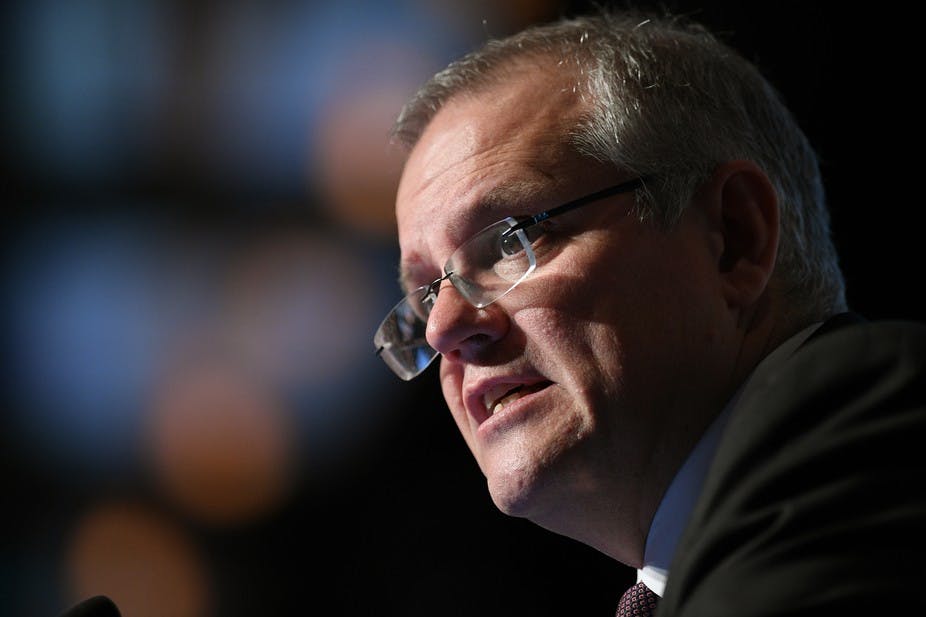Federal Treasurer Scott Morrison has announced changes to the way the upcoming budget will be reported, to clarify the differences between ‘good debt’ and ‘bad debt’, adding to the new ideas being touted for this year’s budget review.
Mr Morrison will announce the changes in a speech at a lunch with the Australian Business Economists today in order to clear up which portion of government expenditure is part of investment and spending to increase productivity, which is considered ‘good debt’, and which is being used as part of everyday spending, which is ‘bad debt’.
“It can be very wise for governments to borrow, especially while rates are low, to lock in longer-term financing and invest in major-growth-producing infrastructure assets, such as transport or energy,” Mr Morrison will say.
“To rack up government debt to pay for welfare payments, Medicare costs or other everyday expenses is not a good idea.”
Mr Morrison has said that the changes are necessary in order to ensure that Australians better understand how their money is being spent. He also said that such changes will ensure that the debt levels attached to individual government portfolios are made transparent and accountable.
“We all need to understand what is driving the growth in our public debt and we need to budget in a way that creates accountability for increasing public debt and the interest payments that go with it,” says the Treasurer’s speech.
It is forecast that the budget will report a $36.5 billion deficit in governmental cash balance, but the proposed changes to the reporting of these figures will also include the reporting of the government’s operating balance, which will clearly identify the ‘bad debts’ that are only related to shortfalls in reserves for typical governmental activity.
It will bring the processes of reporting the federal budget in line with that used by the state governments, as well as that used by New Zealand and Canada in their own budgetary announcements.











